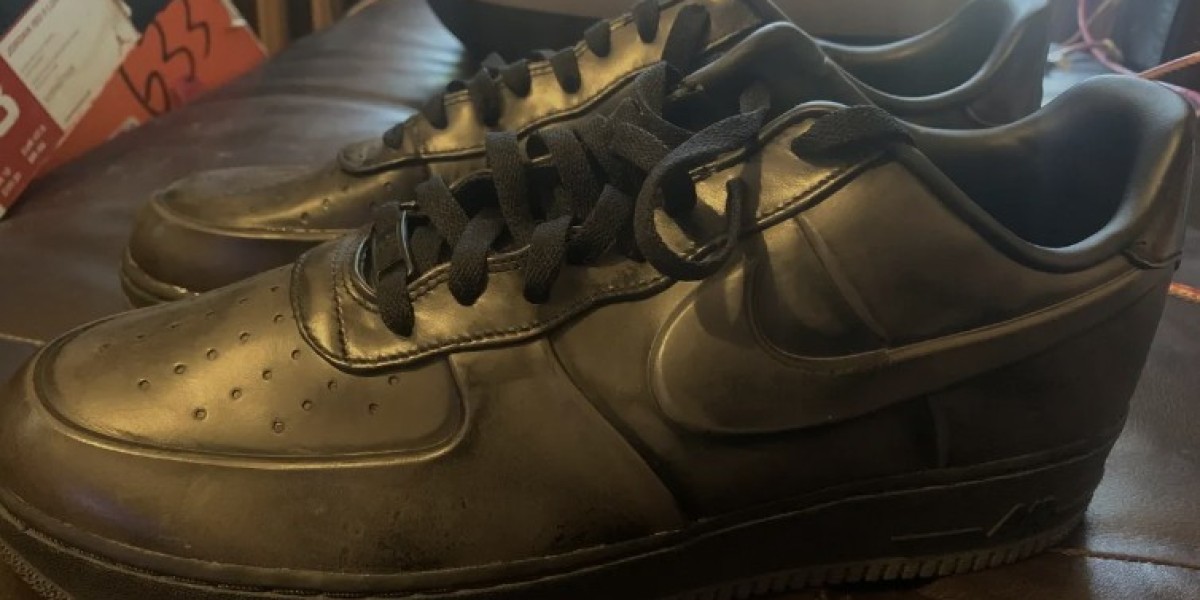Cycling is a fantastic exercise choice. It boasts numerous health benefits, from improved cardiovascular health and weight management to reduced stress and a strengthened immune system. However, a potential downside for male cyclists has emerged – the risk of erectile dysfunction (ED). This raises a crucial question: can cycling really lead to ED, and if so, how can we navigate the potential risks while enjoying the ride?
Understanding Erectile Dysfunction
Erectile dysfunction refers to the persistent inability to achieve or maintain an erection firm enough for satisfactory sexual intercourse. It's a common condition affecting millions of men worldwide. Several factors can contribute to ED, including:
- Vascular problems: Insufficient blood flow to the penis is a major culprit. Conditions like heart disease, high blood pressure, and high cholesterol can all restrict blood flow.
- Neurological issues: Damage to the nerves supplying the penis can disrupt the signals necessary for an erection. This can be caused by diabetes, multiple sclerosis, or even injuries to the spine or pelvis.
- Hormonal imbalances: Low testosterone levels can negatively impact erectile function.
- Psychological factors: Stress, anxiety, depression, and performance anxiety can all contribute to ED.
The Potential Link Between Cycling and ED
The concern lies in the pressure exerted by the bicycle seat on the perineum, the area between the genitals and rectum. This pressure can potentially compress the pudendal artery and nerves, which play a vital role in achieving and maintaining an erection black viagra 200mg.
Studies have yielded mixed results. Some research suggests a correlation between prolonged cycling (over 3 hours a week) and an increased risk of ED, with cyclists reporting penile numbness and difficulty achieving erections [1].
However, it's important to consider these findings cautiously. Many studies are observational, meaning they can't definitively prove that cycling causes ED. Other factors, like underlying health conditions or poor cycling posture, might be at play.
Minimizing the Risks: How to Cycle Safely
The good news is that taking some precautions can significantly reduce the risk of cycling-related ED:
- Choose the right bike: Opt for a bike with a well-padded, wider saddle designed for comfort and proper pressure distribution. Consider saddles with a cutout in the center to further alleviate perineal pressure.
- Posture matters: Maintain proper posture while riding. Avoid hunching over or leaning too far forward, which can put excess pressure on the perineum. Keep your core engaged and your back straight.
- Take breaks: Get off the saddle regularly. Stand up and pedal for short intervals to allow blood flow to return to the genital area. Aim for breaks every 10-15 minutes, especially on long rides.
- Invest in cycling shorts: Padded cycling shorts with high-density foam inserts can significantly improve comfort and reduce pressure on the perineum.
- Listen to your body: Pay attention to any signs of numbness or discomfort in the genital area. If you experience persistent numbness or difficulty achieving an erection, take a break from cycling and consult a doctor.
The Bottom Line: Cycling and Overall Health Benefits
Despite the potential risks, the overall health benefits of cycling far outweigh them for most men. Cycling improves cardiovascular health, strengthens muscles, boosts mood, and aids in weight management, all of which can contribute to a healthy and fulfilling sex life.
Here's the key takeaway: indulging in moderate cycling (less than 3 hours a week) with proper precautions is unlikely to cause ED. However, if you're a frequent cyclist experiencing symptoms, consulting a doctor is crucial to rule out any underlying medical conditions and determine the best course of action.
Remember, open communication with your doctor is essential. They can assess your individual risk factors and provide personalized guidance to ensure you enjoy the ride without compromising your sexual health.
Additional Considerations:
- This article focuses on male cyclists and ED. However, women cyclists may also experience discomfort in the genital area due to saddle pressure. Similar strategies for choosing the right saddle, maintaining proper posture, and taking breaks can help alleviate these issues.
- If you're concerned about the potential risks of cycling-related ED, consider alternative forms of exercise like swimming, running, or elliptical training. These activities offer similar cardiovascular benefits without the pressure on the perineum.
By taking a responsible approach and prioritizing both physical and sexual health, cycling can remain a safe and enjoyable activity for everyone.



